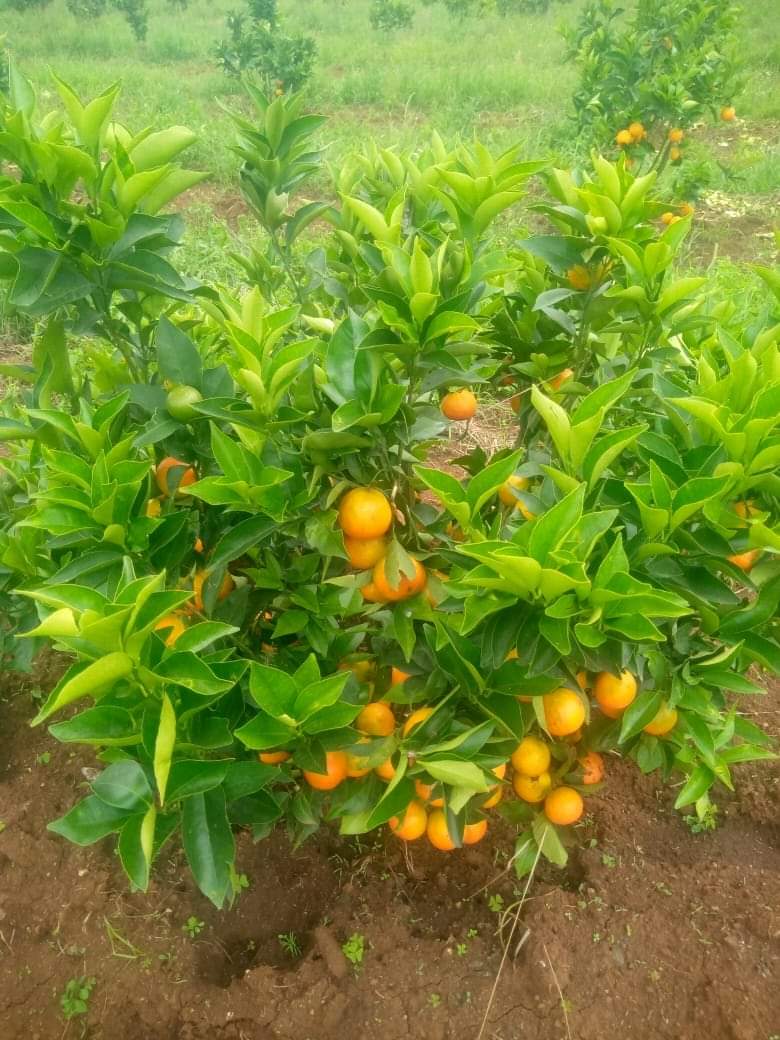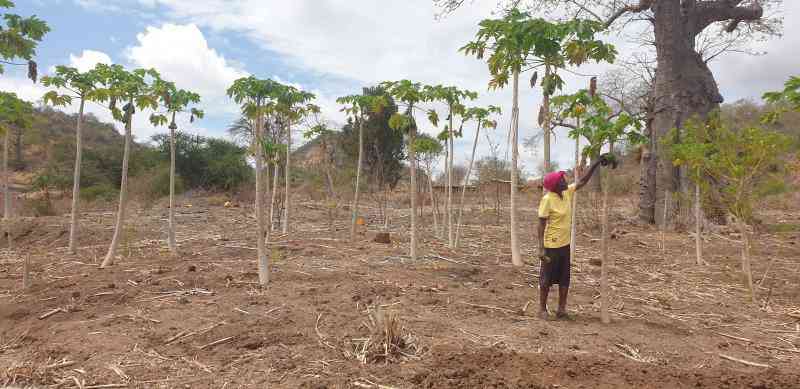Growing peaches can be a rewarding experience, but it’s essential to understand their specific needs and requirements for successful cultivation. Here’s a basic guide on how to grow peaches and some popular varieties:
Growing Peaches:
- Climate: Peaches thrive in areas with warm summers and cool winters. They require a certain number of chill hours (hours below 45°F or 7°C) during winter to break dormancy in spring.
- Soil: Well-drained soil is crucial for peach trees. They prefer slightly acidic to neutral soil with a pH range of 6.0 to 6.5.
- Planting:
- Choose a sunny location with at least 6-8 hours of direct sunlight daily.
- Plant peach trees in late winter or early spring when they are dormant.
- Ensure good air circulation to prevent diseases.
- Watering: Provide consistent moisture, especially during fruit development. However, avoid waterlogging as it can lead to root rot.
- Fertilization: Use a balanced fertilizer in early spring before new growth starts. Follow the recommended dosage based on the tree’s age and size.
- Pruning: Prune annually to maintain an open center shape, which improves sunlight penetration and air circulation, reducing disease risks.
- Pest and Disease Control: Monitor for common pests like aphids, borers, and mites. Diseases such as peach leaf curl and brown rot can be prevented with proper care, including fungicide applications if necessary.
BELOW ARE THE FIVE VARIETIES OF PEACHES;
- Elberta
This is a freestone peach also known as a melting peach meaning that the flesh separates easily from the peach pit and softens as it ripens. In the spring ,the tree blooms with stunning blossoms. It is self-pollinating, but adding another peach tree nearby may increase the size of your crop.
GROWTH
These fruits need full sun of at least 6 hours and well drained soil. To produce the best fruit, peach trees should be pruned and the fruit should be thinned.
FLOWERS
Fragrant, pink flowers in early spring give way to large,yellow,freestone fruits that are very sweet and excellent for fresh eating and canning.
- Redhaven
This is a vigorous and fast-growing peach tree adorned with profuse,fragnant,pink blossoms in spring. The flesh is firm and yellow,with fine-grained texture and sweet. Perfect for eating, baking and canning.
GROWTH
Grows up to 12-15ft.Performs best in full sun in moist, slightly acidic to neutral and well drained soils. This peach tree has a chill hours requirement of 800-900 hours of temp below 45°F in the winter for their buds to open in the spring.
FLOWERS
It is covered in stunning clusters of fragrant pink flowers along the branches in early spring, which emerge from distinctive rose flower buds before the leaves. It has dark-green deciduous foliage. The narrow leaves turn yellow in fall.
- Georgia Belle
It originated in Georgia in the 1870’s and is known for being disease resistant. Beloved for eating fresh, the trees bears large quantities of attractive fruit. The white flesh is great for eating straight from the tree, canning and freezing.
GROWTH
These trees should be pruned And the fruit should be thinned to produce the best peaches. Belle of Georgia peaches are disease resistant to bacterial leaf spot and brown rot.
FLOWERS
The flowers of the Georgia Belle peach tree are typically pink in color and quite showy. They have a delicate appearance, with petals that may vary slightly in shade but generally fall within the pink spectrum.
- Babcock
This is a tremendous bearer of sweet,juicy,aromatic,white peaches. The Babcock peach holds cultural significance in regions where it is cultivated. Its introduction marked a milestone in peach breeding, contributing to the diversity of peach varieties available to consumers and growers alike.
GROWTH
Plant Babcock peach trees in late winter to early spring when they are dormant. This timing allows the tree to establish its root system before the growing season begins. Ensure proper spacing (typically 15 to 20 feet apart) between trees to allow for adequate airflow and sunlight penetration, reducing the risk of diseases and promoting healthy growth.
FLOWERS
The flowers of Babcock peach trees are generally pink to light pink in color and have a delicate, showy appearance. Each flower consists of five petals arranged in a c up-shaped structure, often with a contrasting yellow center. The flowers’ vibrant color and sweet fragrance make them attractive to pollinators, such as bees, butterflies, and other beneficial insects.
up-shaped structure, often with a contrasting yellow center. The flowers’ vibrant color and sweet fragrance make them attractive to pollinators, such as bees, butterflies, and other beneficial insects.
- Donut (Saturn) Peach:
Donut peaches are a delightful and unique variety known for their flattened shape, sweet flavor, and versatile culinary uses. Whether enjoyed fresh, cooked, or preserved, these peaches continue to captivate taste buds and add a unique twist to various dishes and recipes
GROWTH
By providing donut peach trees with the proper care, including suitable soil, location, watering, fertilization, pruning, and pest and disease management practices, you can promote healthy growth and enjoy a bountiful harvest of sweet and flavorful donut peaches.
FLOWERS
The flowers of donut peach trees typically display shades of pink to light pink, adding a burst of color to the landscape during the blooming season. Donut peach blossoms emit a sweet and aromatic fragrance, which serves as a lure for pollinators. The delightful scent fills the air around the tree, signaling the onset of spring and the beginning of the fruiting process.




